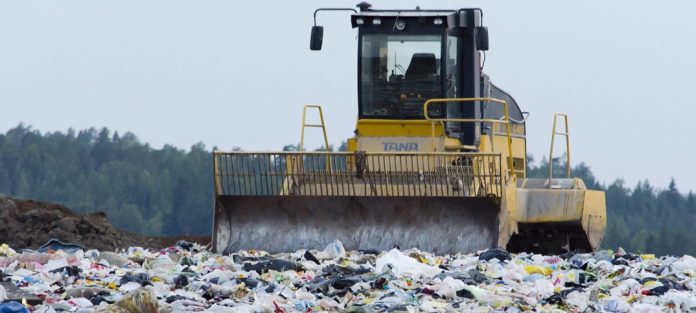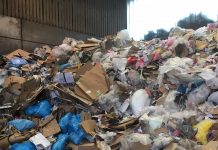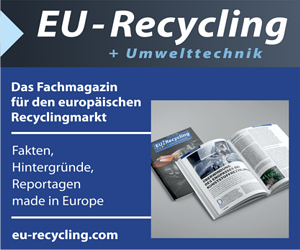The total quantity of waste landfilled in Scotland in 2024 was 1.81 million tonnes , across 39 permitted sites. This was a reduction of 172,000 tonnes (8.6%) from 2023 and is the lowest amount of waste landfilled since this record began in 2005.
The long-term trend in the total amount of waste landfilled in Scotland is a decrease of 5.24 million tonnes (74.3%) since 2005. The drop in waste landfilled between 2023 and 2024 is likely due to changes in the waste management sector preparing for the 2025 ban of biodegradable municipal waste to landfill.
The decrease in waste landfilled between 2023 and 2024 was largely due to Household and similar wastes, which decreased by 236,000 tonnes (44.5%) followed by Mineral wastes from waste treatment and stabilised wastes which decreased by 76,000 tonnes (34.0%). These reductions were somewhat offset by an increase of 172,000 tonnes or 33.5% in Soils between 2023 and 2024.
In 2024, four waste categories comprised over 90% of the waste landfilled in Scotland: Soils (685,000 tonnes, 37.8% of total), Sorting residues (562,000 tonnes, 31.0% of total), Household and similar wastes (294,000 tonnes, 16.2% of total), and Mineral wastes from waste treatment and stabilised wastes (147,000 tonnes, 8.1% of total).
Hazardous waste landfilled
The amount of Hazardous waste landfilled in Scotland in 2024 was 29,900 tonnes, 1.6% of the total waste landfilled and a decrease of 14,000 tonnes (31.8%) compared with 2023 (Figure 2). Over the longer term, the amount of hazardous waste landfilled in Scotland has reduced by 46,000 tonnes (60.7%) from 2005.
Between 2005 and 2012, the largest component of hazardous waste disposed to landfill was Soils which comprised between 62% and 76% of hazardous waste landfilled during the period. From 2013 onward, that percentage has dropped (now ranging from 2% to 50%), and in 2024 comprised 4% (1,200 tonnes).
This pattern corresponds to a change in 2012 when a landfill tax exemption for disposing of waste from contaminated land was removed. Soils have since been replaced by Other mineral wastes as the largest component of hazardous waste (ranging from 30% to 67% of the total since 2013). In 2024, over half the hazardous waste landfilled was Other mineral wastes (18,300 tonnes, 61.2%), which primarily comprise insulating materials such as asbestos.
BMW landfilled (2020 target)
Municipal waste is defined as waste within certain EWC codes, namely all Chapter 20 codes and certain Chapter 15 and 19 codes. Biodegradable Municipal Waste (BMW) is the fraction of municipal waste this that will degrade giving rise to methane emissions over time when landfilled.
It should be noted that the measure of BMW to landfill differs from that for the 2025 BMW landfill ban1, which applies to the whole amount of waste containing BMW, not just the BMW fraction.
In 2024, 336,000 tonnes of BMW were disposed of to landfill in Scotland. This was a decrease of 218,000 tonnes (39.4%) from 2023 and a reduction of 1.70 million tonnes (83.5%) since 2005.
Scotland had a target to reduce the quantity of BMW disposed of to landfill in Scotland to less than 1.26 million tonnes by 20202. Scotland has met this target since 2012.
In 2024 the BMW disposed of to landfill comprised mainly two waste categories: Household and similar wastes, predominantly EWC 20 03 01 (mixed municipal waste), which comprised 49.6% of the total and Sorting residues, primarily EWC 19 12 12 (Other non-hazardous wastes from mechanical treatment of waste), which comprised 49.4% of the total.
Source: Scottish Environment Protection Agency (SEPA)







